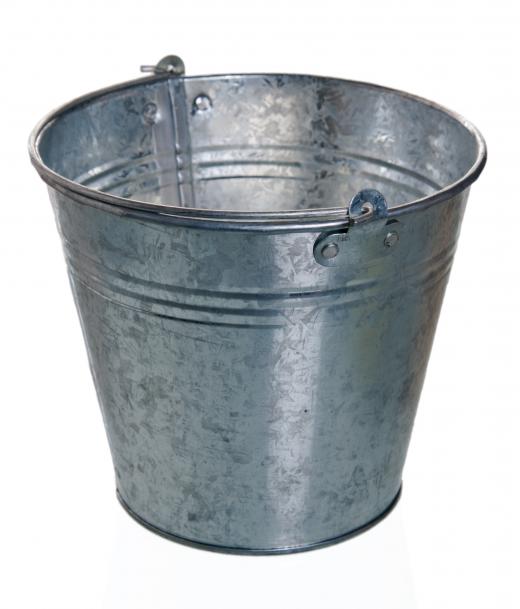The steel industry is a diverse, global entity that produces both raw steel and finished products. It is often tied very closely with the iron industry, since steel is an alloy of iron. Steel played a large part in the Industrial Revolution, and the health of the steel industry continues to be tied closely to the economic progress of both industrialized and developing nations. The United States was at one time the largest supplier of steel in the world, though China and other nations have emerged as important forces in the industry as well.
Steel has been around for at least 4,000 years, though the industry is relatively new in comparison. Prior to the middle if the 19th century, steel was expensive and difficult to produce. The crucible process was developed near the beginning of the Industrial Revolution, though the metal was still prohibitively expensive for most purposes. A device known as the Bessemer converter was developed in the mid 1800s, which led to the genesis of modern industrial steel production. This was the primary method for the industrial production of steel until the 1960s, when the basic oxygen method began to take over.

Throughout the history of the steel industry, it has played a large part in both the developed and developing worlds. Since steel is ubiquitous in its use for construction and other purposes, the health of the industry can be an indicator of overall global economic progress. If the steel industry is healthy and there is a high demand for its products, then that can be seen as a positive sign for the global economy.

A wide variety of industries share some kind of dependent or reciprocal relationship with the steel industry. Sectors of the mining industry, for instance, can be dependent on the global demand for steel. One of the major uses for iron is steel production, so both the iron industry and the iron mining industry can be dependent on the steel demand. In that same vein, the steel industry can be dependent on a variety of other sectors that use steel. The railroad industry, for example, may make extensive use of steel in the construction of tracks, cars, and locomotives.

Steel was not historically traded as a commodity, though that changed in the early part of the 21st century. Since that time, certain commodities markets may allow the buying and selling of steel. This may affect steel prices and the industry as a whole. Recycled steel may also be traded through commodity exchanges.
